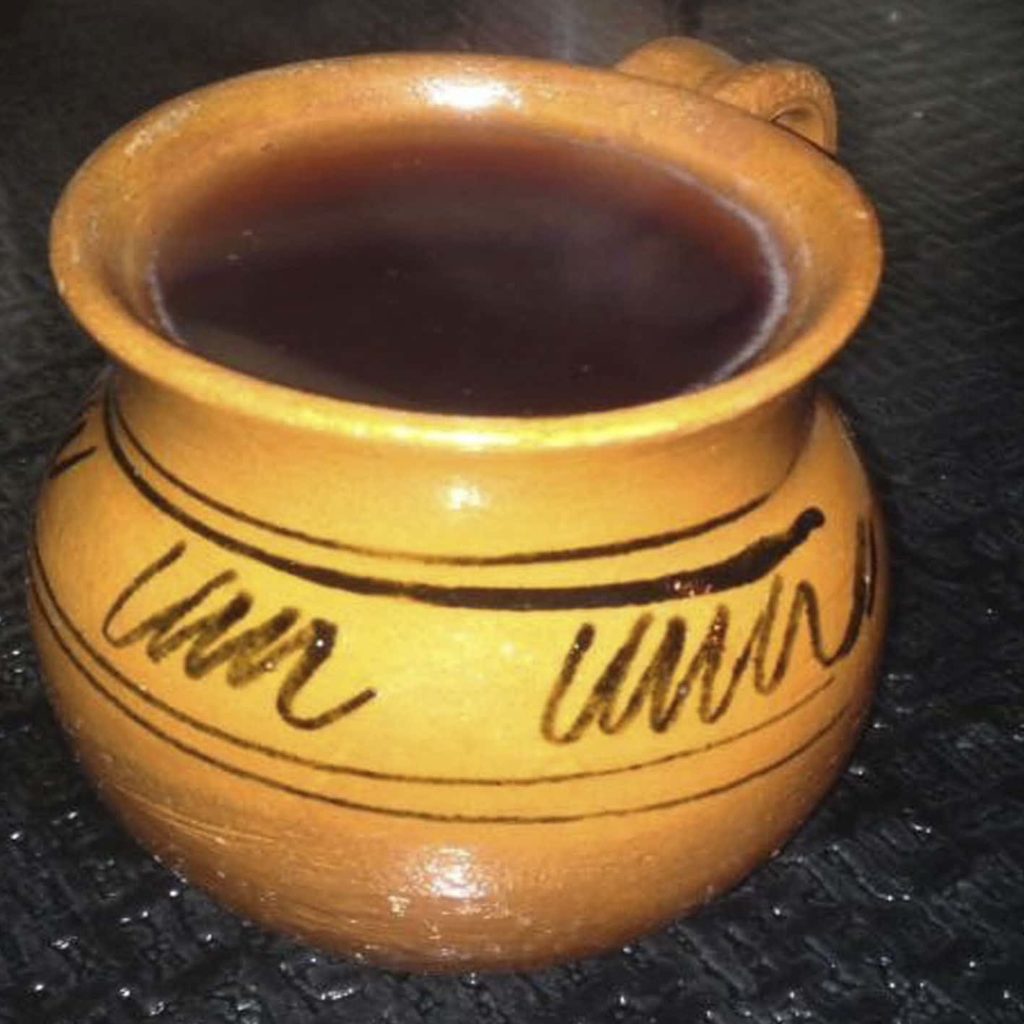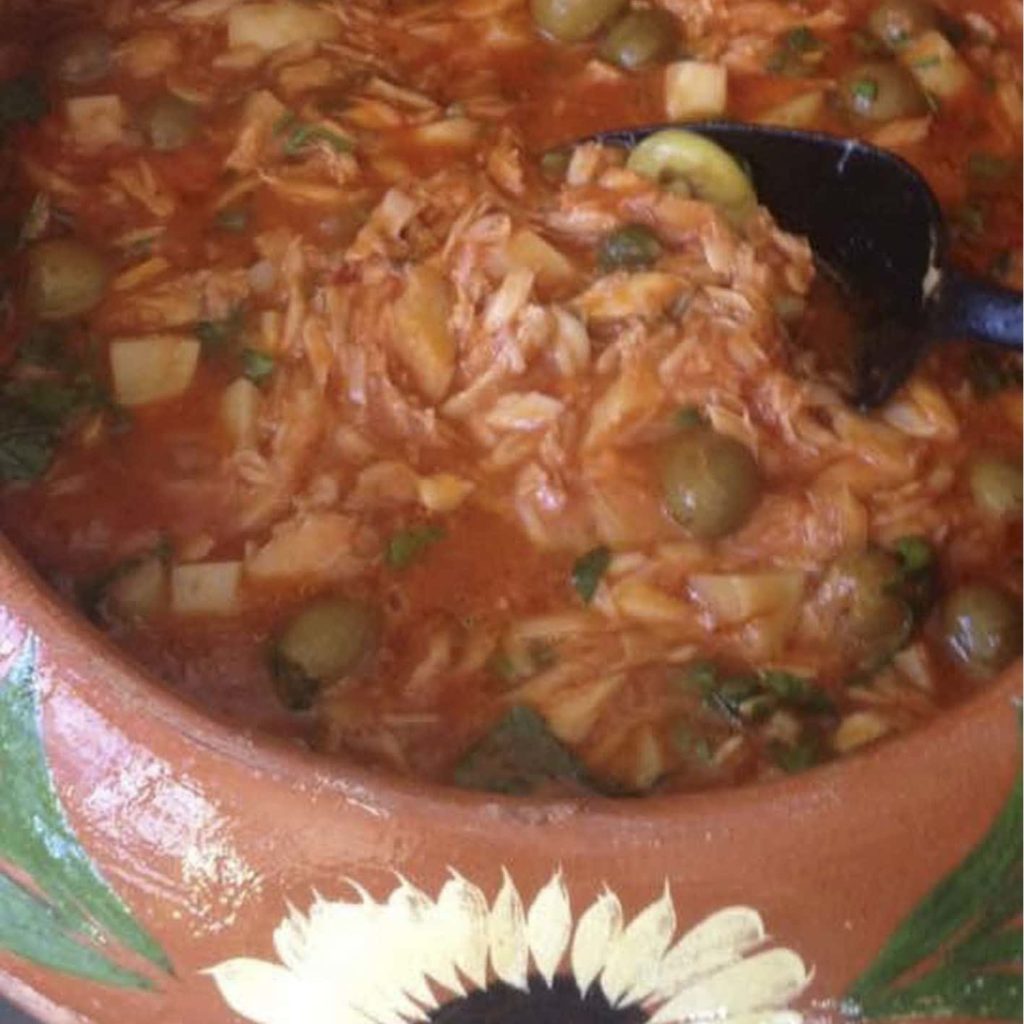‘Tis the season to get cooking! An intro to Christmas food in Mexico

Christmastime in Mexico is all about the food (yum and yay!). People can’t stop talking about their holiday plans, but more importantly, what they’re going to make for dinner on Christmas and New Year’s Eve. Answers will vary a bit depending on the region and family, but there are some dishes that are a must.
Christmas Punch: a warm, sweet and tangy beverage made by boiling hibiscus flowers, tamarind pulp, green apples, guava, peeled sugar cane, cinnamon, clove, brown sugar, dried raisins and plums, and a fruit called tejocote, which is best described as Mexican hawthorn. Delicious!
Sweet Christmas Chilpotle: a larger variety of chilpotle, soaked in a brown sugar syrup with garlic, clove, thyme, oregano and bay leaves. Once soft, it’s stuffed with fresh goat cheese, doused in egg batter and fried. Best served with a heaping spoonful of ayocotes!
Ayocotes: slightly sweet creole beans. Boiled with garlic, onion and dry avocado leaves, then fried and re-fried in lard until they have an almost velvety texture.
Spanish-style codfish: bought in salted flanks, then soaked in water to desalt. Boiled and carefully shredded to remove any fishbones. Seasoned with an aromatic blend of tomatoes, red bell peppers, onion and garlic, all fried with a generous amount of olive oil. Add potatoes, and in some recipes, raisins and don’t forget the roasted almonds, olives, capers, parsley, and yellow chile peppers.
Hungry yet? Interestingly, these dishes are perfect examples of the ever-growing trend to borrow and lend elements from various cultures to create new culinary delights. In Mexico, this fusion cuisine stems from the arrival of Spanish seamen in the 1500s.
One of the main differences between the native Mexican cultures and the Spaniards, was their gastronomy. To the pre-Hispanic diet which included fruit, vegetables, seafood, and herbs, the Europeans added pork, poultry, spices, olive oil, wheat, and dairy. Not to mention the processes necessary to turn wheat into bread, milk into cheese, and pork into lard.
In the 1800s, central Mexico was under occupation by the French, and thus Mexican bakers learned to make pastries and sweets. Lebanese immigrants arriving in the 1900s also contributed with cooking techniques like the shawarma and the heavy use of spices.
The result of these contributions is evident in Mexico’s everyday cooking, but more so in the dishes we prepare at Christmastime.
So, if you find yourself in Mexico around December, be sure to try one, or better yet, ALL of these dishes. You´ll be glad you did.
From everyone at Eat Mexico, Happy Holidays and happy eating!
Aleyn Merchand is an Eat Mexico tour guide in Puebla.



